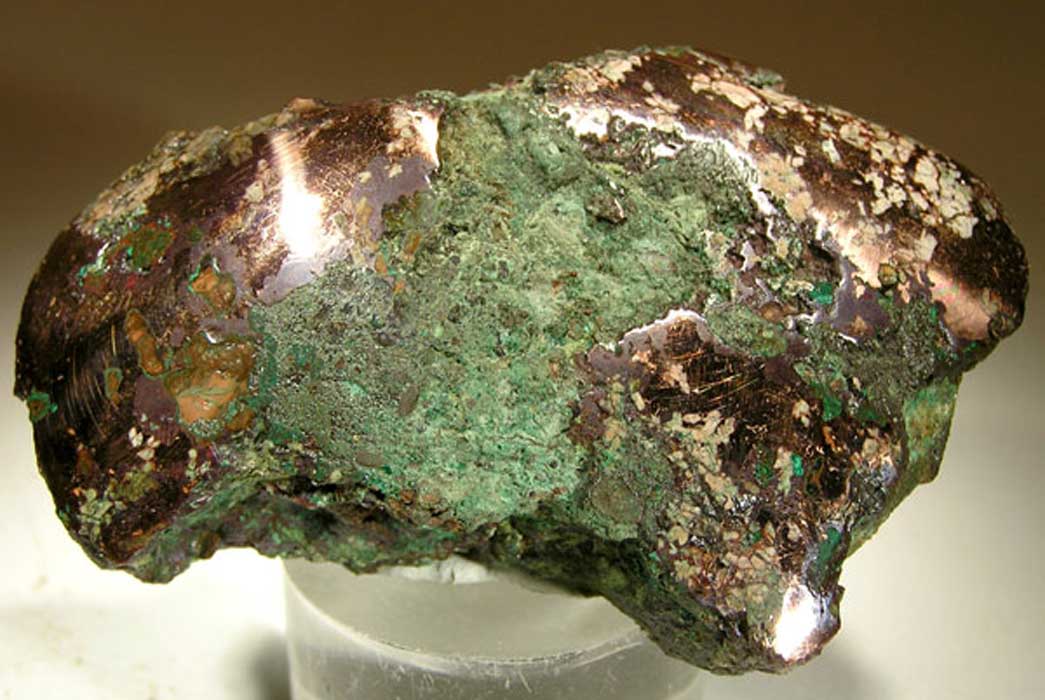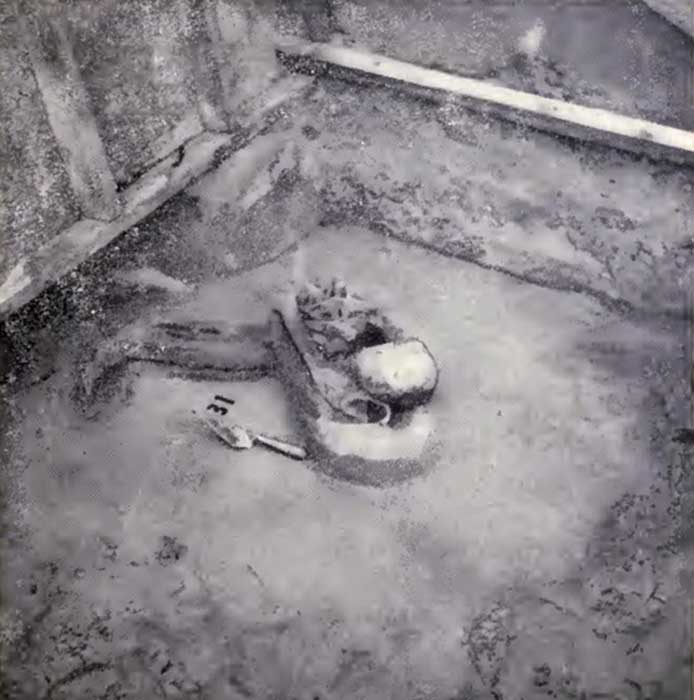
The Cult of the Dead in Prehistoric America
Long ago, a type of ritualized worldview spread throughout a broad expanse of north-eastern America, described in the archaeological literature as the ancient ‘Cult of the Dead’ or the ‘Eastern Burial Cult’. Emerging at around 1500 BC from even older cults associated with the prehistoric Great Lakes Copper Industry, the new culture expanded into southern Ontario and the Ohio River Valley in rapid fashion. At this time ornamental copper artifacts began to appear in graves, which implies that a new way of life had emerged in which individuals - if not entire lineages - were attaining some type of status in their respective communities.

Great Lakes District of North America. (Public Domain)
Such leaders also seem to have managed long-distance trade, as exotic artifacts from the Great Plains and the Gulf Coast were imported into Wisconsin, Michigan, Illinois, southern Ontario and the Ohio Valley, where they served as prestige goods deposited with the dead. Large regional cemeteries also became more common, as dispersed bands of hunter-gatherers organized to bury their dead together at predetermined seasonal events. Promoting all of these transformations and integrating larger and larger numbers of dispersed peoples into the emergent network, were a series of beliefs and rituals, which left their mark at some of the most remarkable archaeological sites in North America.
Red Ocher and Glacial Kame Burials
In the 20th century, archaeologists formulated two theoretical cultures, which were part of the Late Archaic Cult of the Dead—known as the Red Ocher and Glacial Kame traditions. As authors have elaborated recently, Red Ocher and Glacial Kame are now widely considered ‘twins’ or variations of the same tradition, due in no small part to the discovery of diagnostic artifacts in the tombs of either culture. The Chronological expanse of Red Ocher/Glacial Kame ranges from 1500 BC to roughly 400 BC. Red Ocher burials are usually found in sandy knolls or small artificial burial mounds, where the dead and artifacts are liberally covered in red ocher. An important aspect of Red Ocher ceremonialism is the placement of several types of bifaces with the deceased or in ritual caches near burials. These include ‘Turkey-Tail’ bifaces, leaf shaped and lanceolate blades, and ovate-base Adena blades. The Turkey-Tail varieties are named for their resemblance to the tail of a turkey when plucked of its feathers.

The Riverside Site: A Late Archaic Manifestation in Michigan, Robert Hruska (Public Domain)
The Late Archaic Riverside burial site was located along the Menominee River in the Upper Peninsula of Michigan. Excavations at the site in the 1950s and 1960s uncovered the remains of at least 70 individuals buried with red ocher and copper tools and ornaments. Eighty-two Late Archaic bifaces were also recovered. A series of radiocarbon dates from the site indicate use between 1200 BC and 350 BC. The bifaces from Riverside were made from high quality cherts imported from southern Indiana.
Katherine Sterner and Robert Ahlrichs have studied 30 of the recovered specimens in an effort to determine their functionality and/or use as symbolic grave goods. Their research suggests that the ceremonial bifaces at Riverside were used in feasting activities before being deposited with the high status dead, activities that were engaged in by multiple bands that assembled at Riverside to bury their dead together and also participate in socio-economic exchange. This system connected distant regions together, as evidenced by several blades similar to Adena types from West Virginia and a 1.46-kilogram (3.29 pounds) block of obsidian from the Yellowstone area.
Riverside Excavations Point to Distant Exotic Trade
Archaeologist Thomas Pleger considered the evidence from Riverside to indicate that a vast and sophisticated network existed in Late Archaic times, which served as a precursor to that of the better-known Hopewell cultures of the Woodland Period: “In terms of quantity and diversity of trade items, the Riverside exotics rival those of the Hopewell Interaction Sphere of the 1st and 2nd century AD…The Red Ocher trade system, however, began 1,000 years earlier and could be considered a regional variant of a larger interaction sphere, connected through the social alliances that may have included arranged marriages, religious practices, and trade relations. This interaction sphere likely included the Adena and Glacial Kame cultures to the south-east and the Meadowood culture of the eastern Great Lakes. It is plausible that the foundations for the exchange systems of the later Hopewell Interaction Sphere were established during Red Ocher times.”




